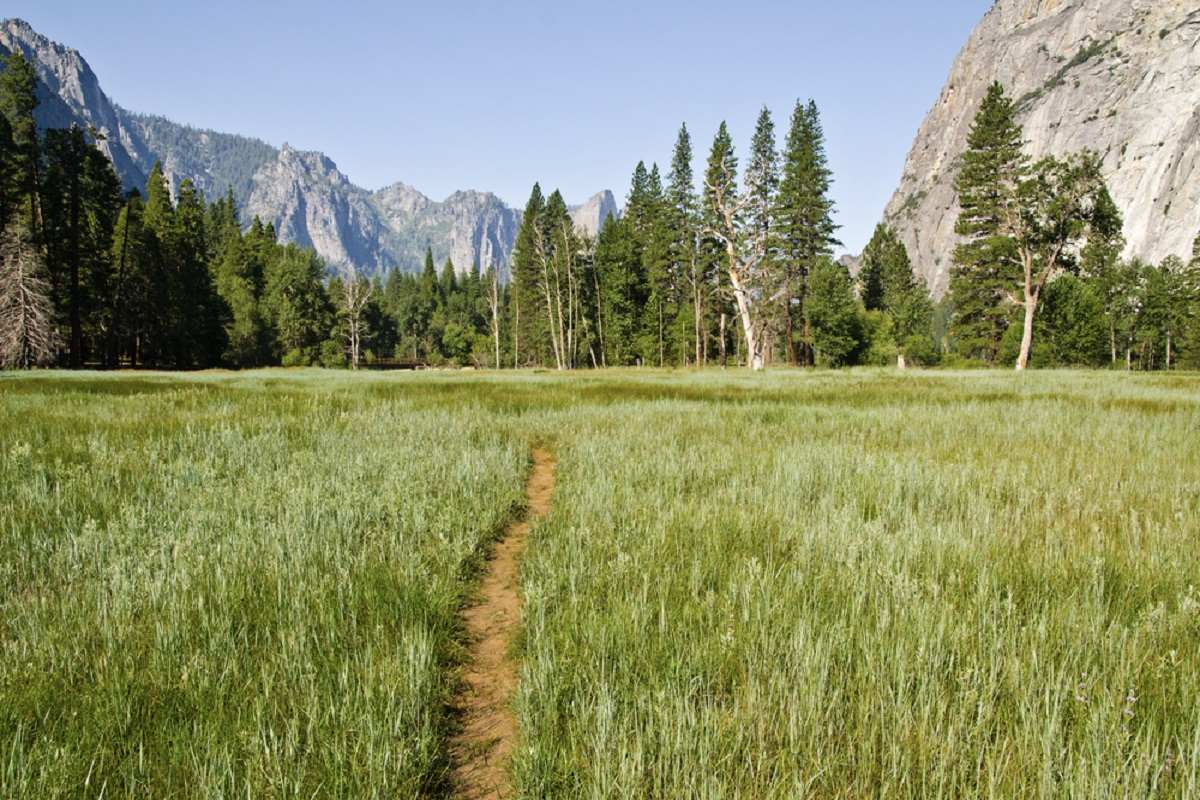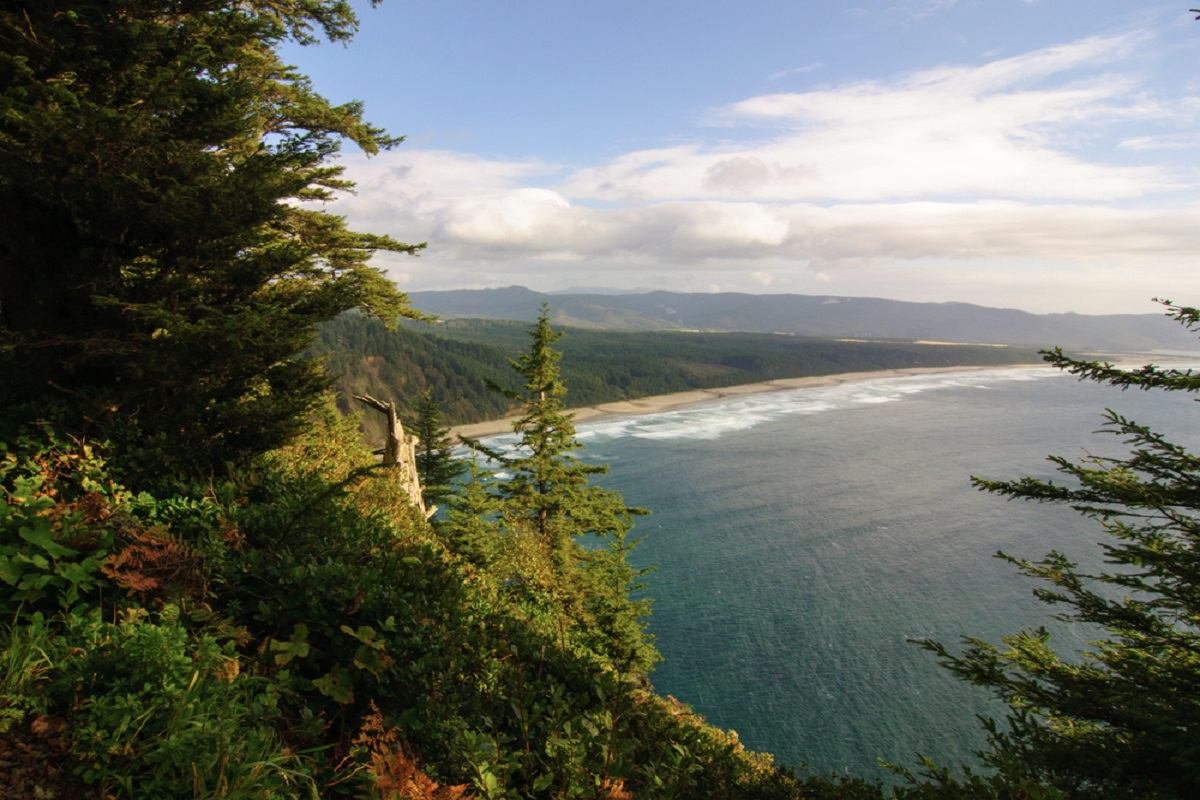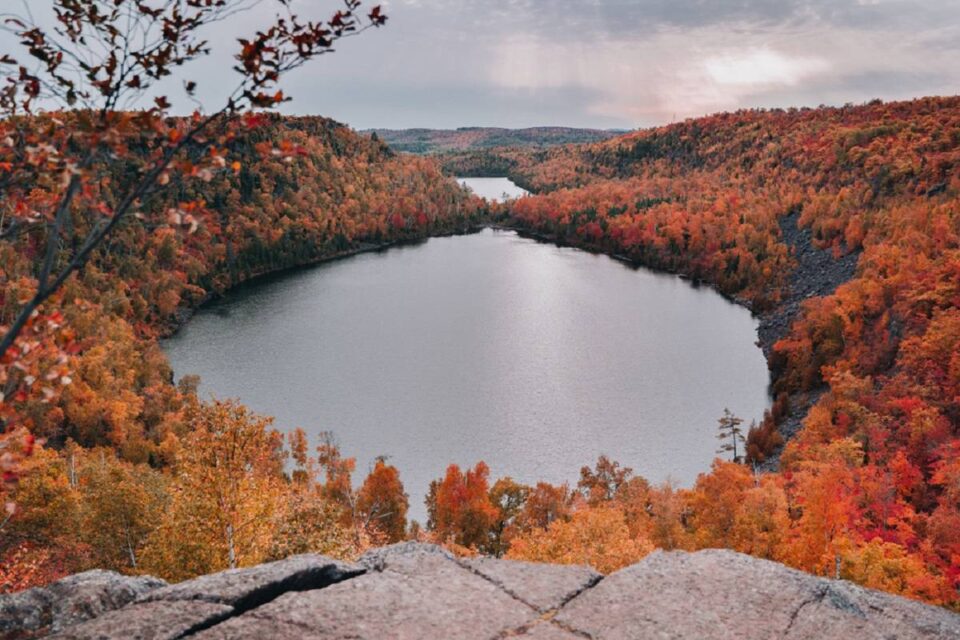Best Nature Trails In The US
 Source: Uladzik Kryhin/Shutterstock.com
Source: Uladzik Kryhin/Shutterstock.com
Ready to hit the trails this spring? Pack your waterproof cooler backpack with lunch and water bottles, and bring along your photography equipment in a camera backpack to capture your trail’s unique characteristics. Here are the 10 best nature trails in the United States, from the island of Hawaii to Maine’s northeastern tip.
#1. Kalalau Trail, Hawaii
If you’ve seen Jurassic Park, you’ve likely caught a glimpse of Kauai’s Nā Pali Coast. And along the coastline is the 11-mile Kalalau Trail that provides the only land access to Kalalau Beach. As you ramble along, you’ll get to see all of Hawaii’s tropical beauties, from waterfalls to groves of mango trees. When you reach the secluded and pristine beach nestled between two volcanic ridges, you can set up camp for a maximum of five nights. Photographers should keep their equipment protected in a camera hard case, as this part of the island can get rainy. If the challenging, entire 11-mile hike isn’t for you, consider a day hike to Hanakapi’ai Beach.
#2. John Muir Trail, California
The 211-mile John Muir nature trail is one of the country’s finest, covering the Sierra Nevada Mountains. Along this trail, you’ll traverse through steep passes surrounded by beautiful red sequoia trees. Crossing the Ansel Adams Wilderness along the Pacific Crest Trail (PCT), you will finally land on the highest peak in the U.S – the 14,495-foot Mount Whitney.
#3. Tillamook Head Trail, Oregon
 Source: Zack Frank/Shutterstock.com
Source: Zack Frank/Shutterstock.com
Follow a smaller portion of the same path Lewis and Clark took through the Tillamook Head Trail. Starting at Seaside’s town and ending at Ecola State Park, this 6.3-mile nature trail traverses 1,000 feet in elevation through mountain ridges and old forests with majestic views of the Pacific Ocean. Along this nature trail, you’ll spot creatures like elk and eagles on the land and whales in the distant ocean. Descending the trail towards Indian Beach, you’ll come upon Cannon Beach, famous for its sea stacks and basalt rock formations that jut out of the foggy mist.
#4. Nankoweap Trail, Arizona
A challenging nature trail within the Grand Canyon, the Nankoweap Trail is well worth the effort. With stunning picturesque views, this trail covers 14 miles and 6,000 feet. Once a Native American path, the route was constructed in the 1880s by geologist J. W. Powell. With amazing views, don’t forget to watch your footing as the trail switchbacks through cliffs of sandstones and limestone before stopping along the Nankoweap Creek and flowing river, where you’ll find a single campsite. Fall asleep to the sound of roaring rapids, returning the 14-mile journey the next day.
#5. Pa’rus Trail and Archaeology Trail, Utah
While the Observation Trail was closed in 2020 due to damage, you can still visit the nearby Pa’rus Trail and Archaeology Trail inside Zion National Park. The Pa’rus Trail offers a paved and accessible trail for a super-easy 1.7-mile hike, including views of the Virgin River. The Archaeology Trail offers an even shorter 0.3-mile nature hike. While short, it doesn’t disappoint! Budding wildflowers make a scenic backdrop as you take the trail.
#6. West Maroon Creek Trail, Colorado
If you love wildflowers, this nature trail is sure to capture your heart! Larkspurs, violets and more cover the path during July’s peak season along the West Maroon Creek Trail, situated between Aspen and Crested Butte. A 10-mile journey with breathtaking views of the Rocky Mountains, the West Maroon Creek Trail in Colorado begins at Maroon Lake and winds through the White River National Forest, filled with a glacial valley and groves of aspen trees. Prepare for a day-long hike where you’ll climb 3,000 feet over Maroon Pass.
#7. Superior Hiking Trail, Minnesota
The Midwest is Minnesota’s 296-mile Superior Hiking Trail, which hugs the ridgeline of its namesake, Lake Superior. This nature trail offers a good climb, reaching 1,000 feet above the lake, where you can take in amazing views, especially when the autumn leaves are peaking. Expect to see all kinds of creatures, such as beaver, bear and even moose. While thru-hikers can backpack the Superior Hiking Trail’s entire length, it also makes a wonderful day hike, offering trailheads every five to 10 miles. Check out the 18-mile nature hike from Silver Bay to Country Road 6.
#8. Mount Rogers, Virginia
Along the Appalachian Trail (AT), cuts through Virginia are a section of the nature trail that can’t be missed. Even if you don’t plan on thru-hiking the AT, you can still appreciate this 4.5-mile Mount Rogers hike, starting at Massie Gap in Grayson Highlands State Park and reaching Virginia’s highest peak of 5,728 feet. This nature trail passes through pasturelands and dense forests near the summit. Keep an eye out for the wild steeds that still gallop through the area.
#9. Tongue Mountain Loop, New York
Headed into the Northeast, you’ll find lots of hiking trails. One, in particular, is New York’s Tongue Mountain Loop, located on the Tongue Peninsular of Lake George. While this area is known for its lakeside resorts, Tongue Mountain Loop offers a great escape for hikers, where they will find a 13-mile lower loop with direct views of the lake. Headed north to south, expect a bit of heavy scrambling along three 1,500-foot summits. When you reach the tip, you can take a dip and cool off at Montcalm Point.
#10. Penobscot and Sargent Mountains, Maine
Headed further east into Maine is the beautiful Acadia National Park, where you’ll find loads of outdoor activities fit for any nature lover. Starting at Jordan Pond House is a 5.4-mile loop that takes you through boulders, scaling Penobscot, and back down again into Sargent Pond until you reach the top of Sargent Mountain at 1,373 feet. There, take a break with a popover (picked up at Jordan Pond House) and enjoy the panoramic views.
Plan Your Hike
Always double-check that your nature trail will be open. Due to things like erosion and weather conditions, the National Park Service may temporarily close portions of a trail or the entire trail. And, of course, when you do set out, bring along the Ten Essentials and any other provisions or gear you need for safe travels.
Happy trails!

